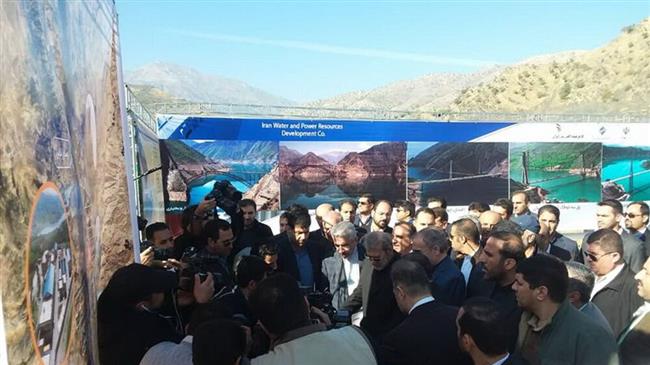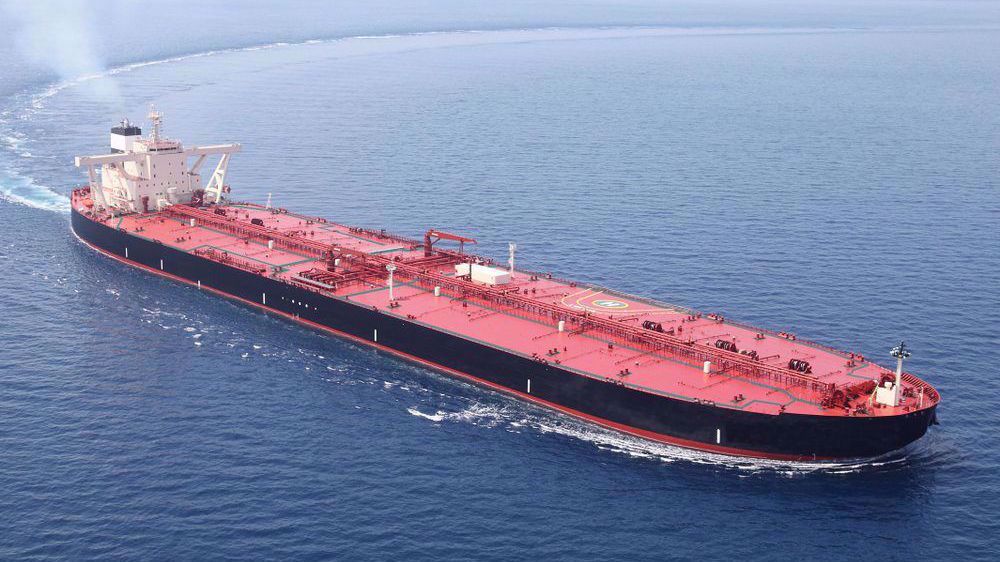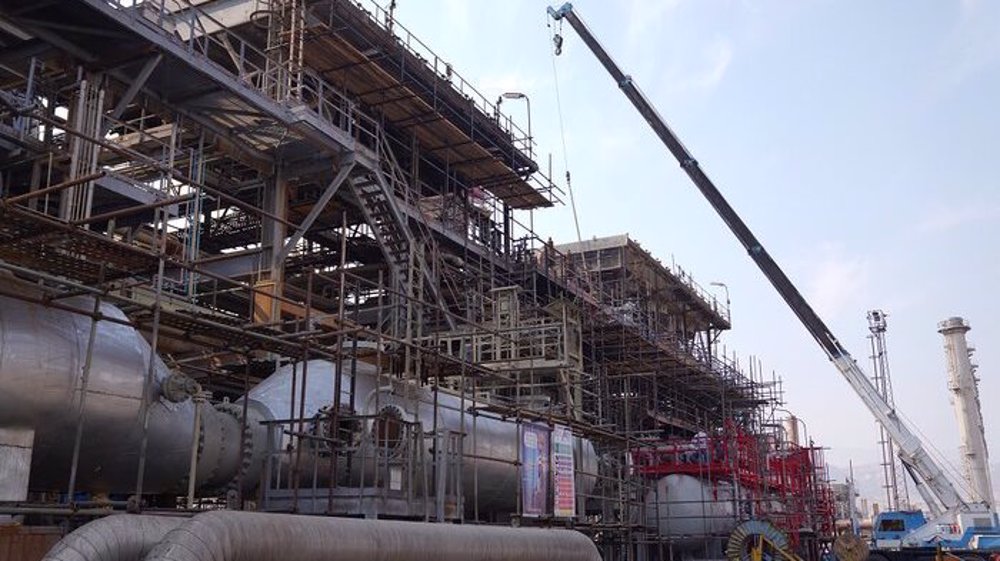Iran inaugurates new hydropower plant near Iraqi border
Iran has inaugurated a hydroelectric power plant in the Kurdish-populated city of Sardasht in the country’s northwest, in a further boost to the national grid which is under strain from runaway demand.
The 150-megawatt hydropower station, built on the Sardasht dam, was hooked up to the national grid on Tuesday during a ceremony attended by Parliament speaker Ali Larijani and Energy Minister Reza Ardekanian.
One official said the purpose of the project is to control and drain surface and transboundary waters, supply agricultural and drinking water to the cities of Sardasht and Rabat, exploit the hydroelectric capacity of the runoff by constructing a 150 MW power plant, create employment during construction and operation, and promote tourism in the region.
Since the 1979 Islamic Revolution, Iran has invested heavily and built 600 dams over the past three decades, with an average of 20 a year. Its prolific dam-building policy made the country the world’s third-biggest dam builder after China and Japan.
The importance of dams, which had become the target of scathing criticism in the face of a lingering drought backlash, came to light early this year when widespread flash flooding affected large parts of Iran, most severely in Golestan, Fars, Khuzestan, Lorestan, and other provinces.
From mid-March to April, surging rivers burst their banks, sending an avalanche of floodwaters into villages and towns which killed at least 76 people and caused an estimated $2.5 billion in damage to roads, bridges, homes and farmland, according to Interior Minister Abdolreza Rahmani Fazli.
Officials said dams played a crucial role in the damage control and saved many lives and properties.
Iran’s hydropower plants currently charge between 9,500 MW and 10,000 MW of electricity to the national grid in the peak consumption hours.
The share of hydroelectric power stands at 19.87 percent of Iran's current power generation capacity of about 81,000 MW.
Iran is one of the most energy-intensive countries of the world, with per capita energy consumption 15 times that of Japan and 10 times that of the European Union.
Also due to huge energy subsidies, the energy intensity in Iran is three times higher than global average and 2.5 times the Middle Eastern average.
Iran has the Middle East’s most comprehensive plan to harness renewables and streamline the country’s energy mix which mainly relies on grid supplied fossil power.
The country is pushing the envelope on its green fleet efforts to establish other greener capacities ranging from wind power to solar farms and burning biomass and waste to heat homes.
More than 250 companies had signed agreements to add and sell power from about 5,000 MW of new renewables in Iran, but most of the schemes were withdrawn after the US imposed unilateral sanctions on the country last year.
Iran expects slight increase in domestic wheat purchases
France and allies weigh response to possible US invasion of Greenland
Israel approves over 3,400 settler units in occupied East al-Quds
VIDEO | South Africans demand release of UK Palestine Action activists
Israel kills one, injures another in new airstrike on southern Lebanon
VIDEO | South Koreans demand end to US imperialism
‘Outright piracy’: Moscow slams US seizure of Russian-flagged oil tanker in North Atlantic
China expected to raise Iran oil imports amid Venezuela tensions: Report











 This makes it easy to access the Press TV website
This makes it easy to access the Press TV website